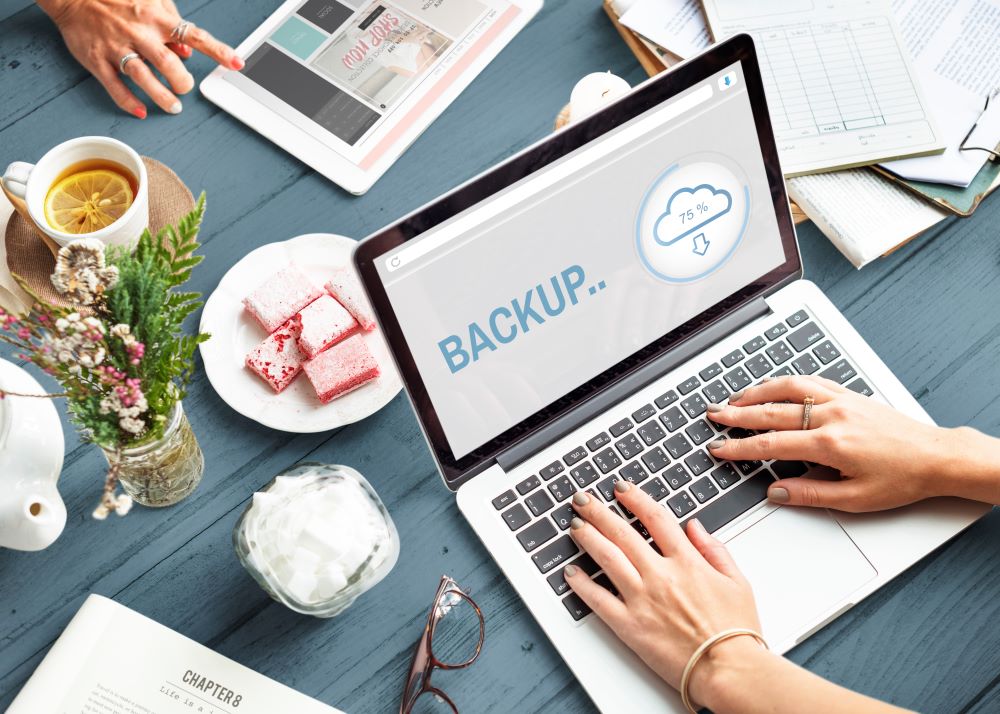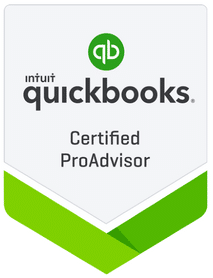- Patrick Roney
- (877) 503-8607
Follow Us :
Follow Us :
Proledge
May 13, 2011

Whether you are looking to backup just your QuickBooks file, all your documents or your whole computer, options are many, but online backup solutions need to be in your repertoire. Online backup services are now mainstream, proven and undeniably useful.
In an earlier post, I discussed processes and options for backing up your QuickBooks files, so let’s not rehash the importance of backing up your files regularly. Let’s just look at the role that online backups can play.
The benefits of online backups are clear:
Online backups have downsides though:
If you want to try online backups, there are many options available to you, for all types of budgets. Two of the most popular and well established services are Mozy and Carbonite. Intuit also has an offering that integrates with QuickBooks, but they are comparatively new-comers to the online backup party. Intuit’s service allows to backup any file and is not limited to the QuickBooks files, but their differentiation is their integration with the Intuit product line. If you have QuickBooks 2011, the offering is called Intuit Data Protect. If you have QuickBooks 2010 or an earlier version, the offering is called QuickBooks Online Backup.
Very often, the better backup strategy will include a combination of local backups and online backups. For instance, you can use an online backup service to backup your documents and use an local backup solution to backup the whole PC. The rationale behind this approach is that, if your whole PC crashes, you need to have a quick solution to get back on your feet. Downloading a complete image of your hardrive from a remote location could take forever. You’re better off doing the restore from a local device.


Fill out the form below to sign up to our Blog Newsletter and we’ll drop you a line when new articles come up.
Bookkeepers.
Professional. Affordable.
ProLedge is a bookkeeping services firm.
Copyright © 2024 All rights reserved.
Hello. Can we help you?